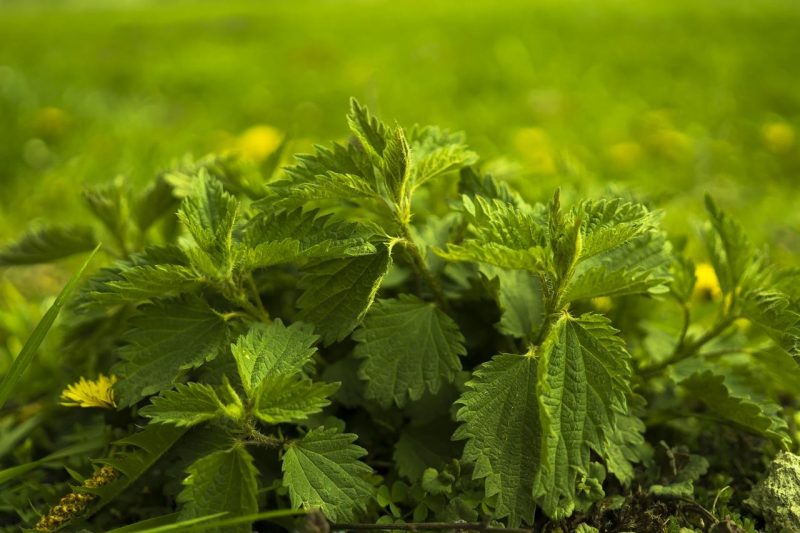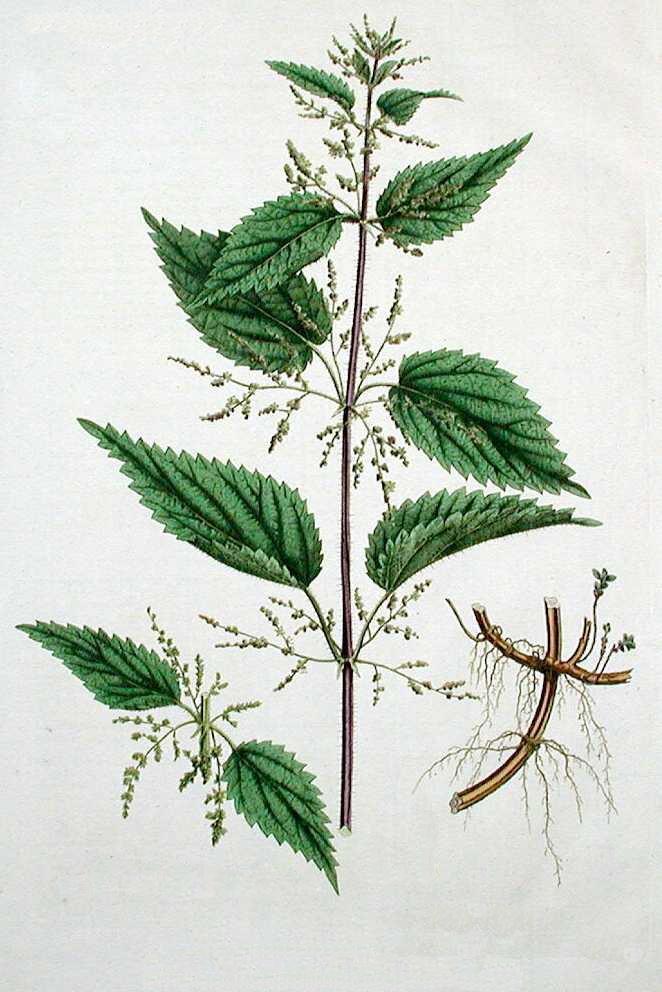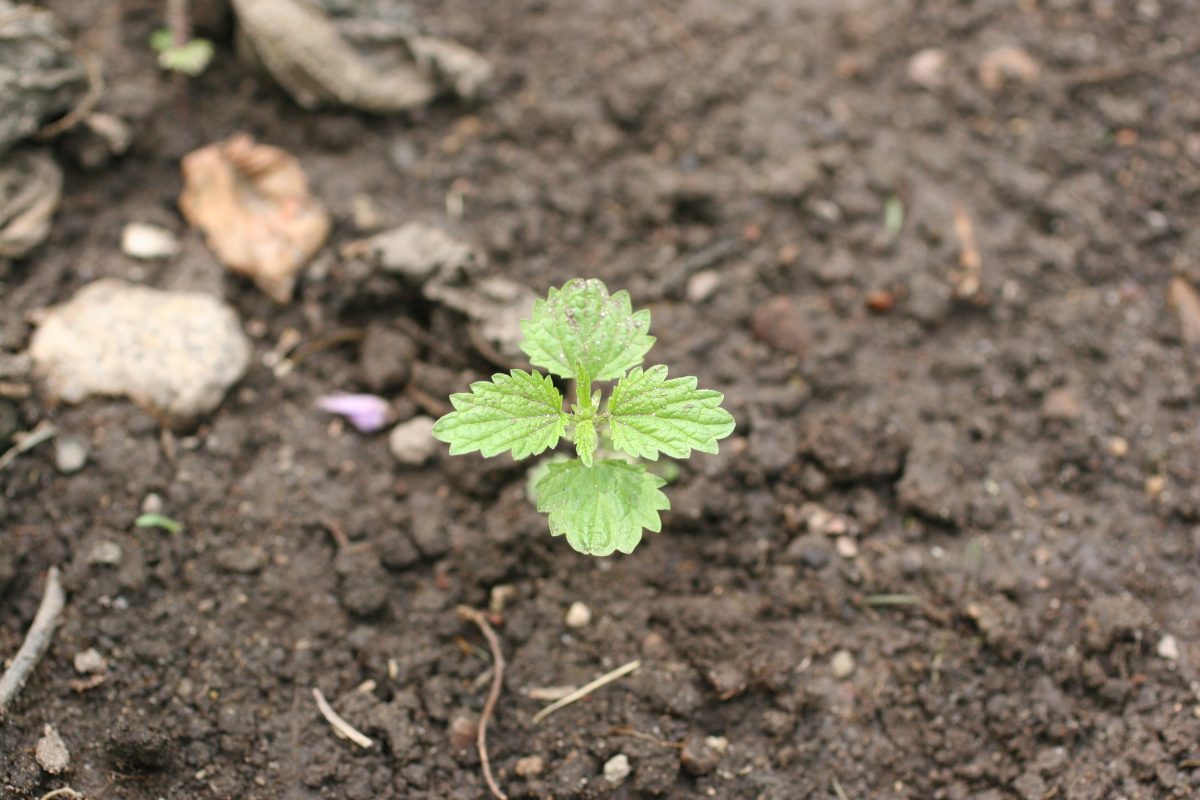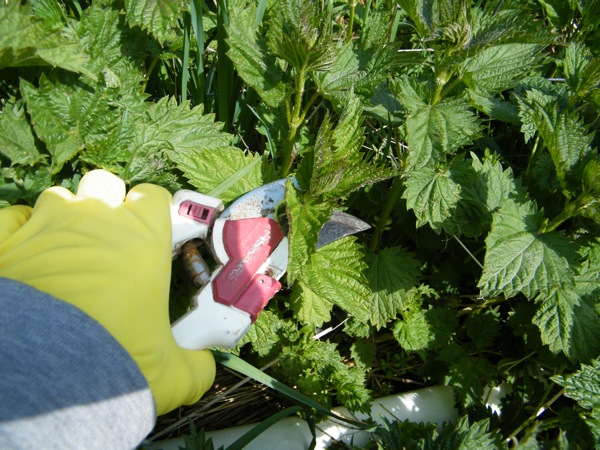Nettle, information about crop management

Common nettle (Urtica dioica) is one of the most widespread plants, which grow spontaneously in most areas. It is widespread throughout the globe, except in southern and central Africa. Common nettle leaves are very popular in the diet and are mostly consumed in the spring, as purees, soups, side dishes, etc. They do not contain many calories, but their nutritional richness is due to their high content of mineral salts and vitamins. Due to this, common nettle is also used as a medicinal plant in the pharmaceutical industry and the cosmetics industry.
Botanical particularities
Being a perennial plant it forms a long, cylindrical, branched rhizome. The stem can reach heights of up to one meter. The leaves are simple, oppositely arranged, and have a varied shape and toothed edge. Each plant forms two types of flowers. The male flowers are arranged in panicles and the female flowers are arranged in pendulous inflorescences. The flowers are light green. The flowering period is between June and October.
Climate and soil requirements
It is a plant that loves light, so this aspect must be taken into account when choosing the land to set up the crop. Common nettle also needs high amounts of water but does not tolerate excess. It does not thrive in soils that suffer from drought. Soils must be rich in humus and have groundwater at a depth of more than 1.5 – 2 meters.
Cultivation
Because of its spread in the spontaneous flora, creating varieties that can be cultivated intensively has been a challenge. Research has shown that the most efficient method of establishing a common nettle crop is through planting material obtained from the mother plant (spontaneous or specially created).
Soil preparation
After the land has been cleared of the pre-emergent plant and after a preliminary soil analysis, you carry out basic fertilization. The next step is plowing at a depth of 25 – 30 cm. The soil must be tilled according to the time of planting (autumn or spring). The soil can be shaped in 94 cm wide layers. If the field is heavily infested with weeds, a herbicide can be applied a few days before crop establishment, following the label specifications, depending on the product chosen.
Recommended products
-
You can find products on a different store
Change Store -
You can find products on a different store
Change Store -
You can find products on a different store
Change Store -
You can find products on a different store
Change Store -
You can find products on a different store
Change Store -
You can find products on a different store
Change Store -
You can find products on a different store
Change Store -
You can find products on a different store
Change Store -
You can find products on a different store
Change Store -
You can find products on a different store
Change Store -
You can find products on a different store
Change Store -
You can find products on a different store
Change Store -
You can find products on a different store
Change Store -
You can find products on a different store
Change Store -
You can find products on a different store
Change Store -
You can find products on a different store
Change Store -
You can find products on a different store
Change Store -
You can find products on a different store
Change Store -
You can find products on a different store
Change Store -
You can find products on a different store
Change Store -
You can find products on a different store
Change Store -
You can find products on a different store
Change Store -
You can find products on a different store
Change Store -
You can find products on a different store
Change Store
Planting
The plants should be mowed to about 5 cm high and the plant debris should be removed from the plantation. The next step is to remove the seedlings from the soil and separate them. Pruning must be carried out so that the rhizome is between 3 and 4 cm long. The shoots must have 3 to 4 buds.
The best time to plant is autumn or spring. The following planting pattern is recommended: 8-10 cm between rows and 5-8 cm between plants per row. Nettles can also be grown from seed. The row spacing is the same as for the previous planting and a seed rate of 4 to 6 kg/ha is required.
Care works
Being a perennial crop, which is exploited for 3 to 4 years, it requires several maintenance works. In the first year of cultivation, the gaps must be filled in. This work aims to maintain optimum density. Fertilization can be carried out after each harvest to stimulate leaf production. You can use NPK or nitrogen-based complex fertilizers. Also when the leaves have started to form, you can apply foliar fertilizers.
Weed control can be done manually or mechanically. Irrigation is also carried out when needed, using norms of 200 – 250 meters per hectare. To maintain soil moisture and to prevent weeds from appearing, the soil can be mulched. For this operation, you can use polyethylene foil, straw, unfermented manure, or other materials. Common nettles are not susceptible to diseases and pests, and their attacks are rare and do not cause significant damage.
Harvesting
The common nettle crop can be harvested 2-3 times a year. The operation must be carried out when the plants are 10-15 cm tall. The leaves can be broken or cut off. In large areas, the plants can be harvested mechanically.
After harvesting the common nettle leaves should not come into contact with the sun because they quickly dry out. They can be stored for a short time in cold storage. Also, if you want to enjoy the fresh taste of common nettles for a longer period, they can be stored in the freezer.


















































































































































































































































































































































































































































